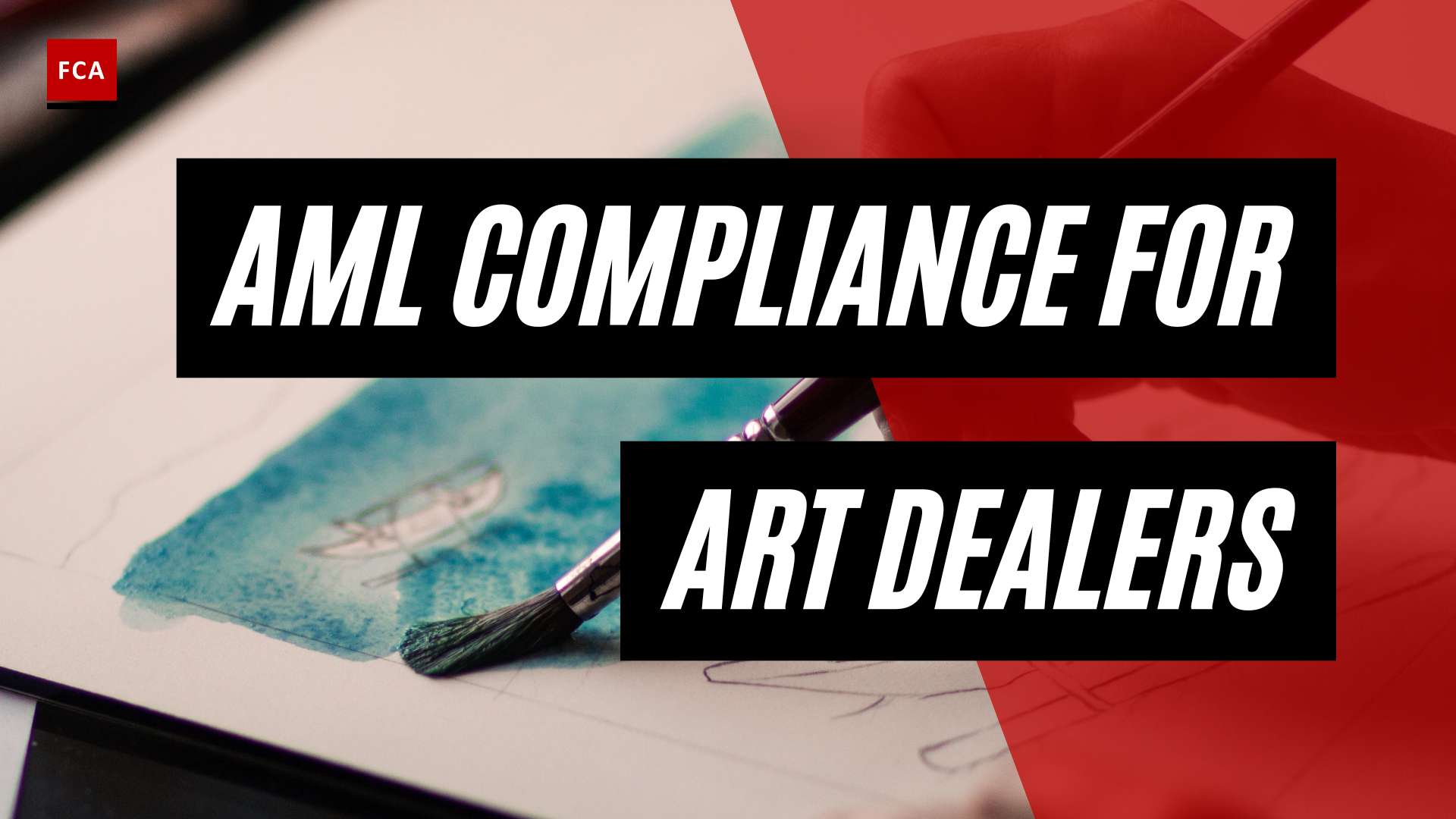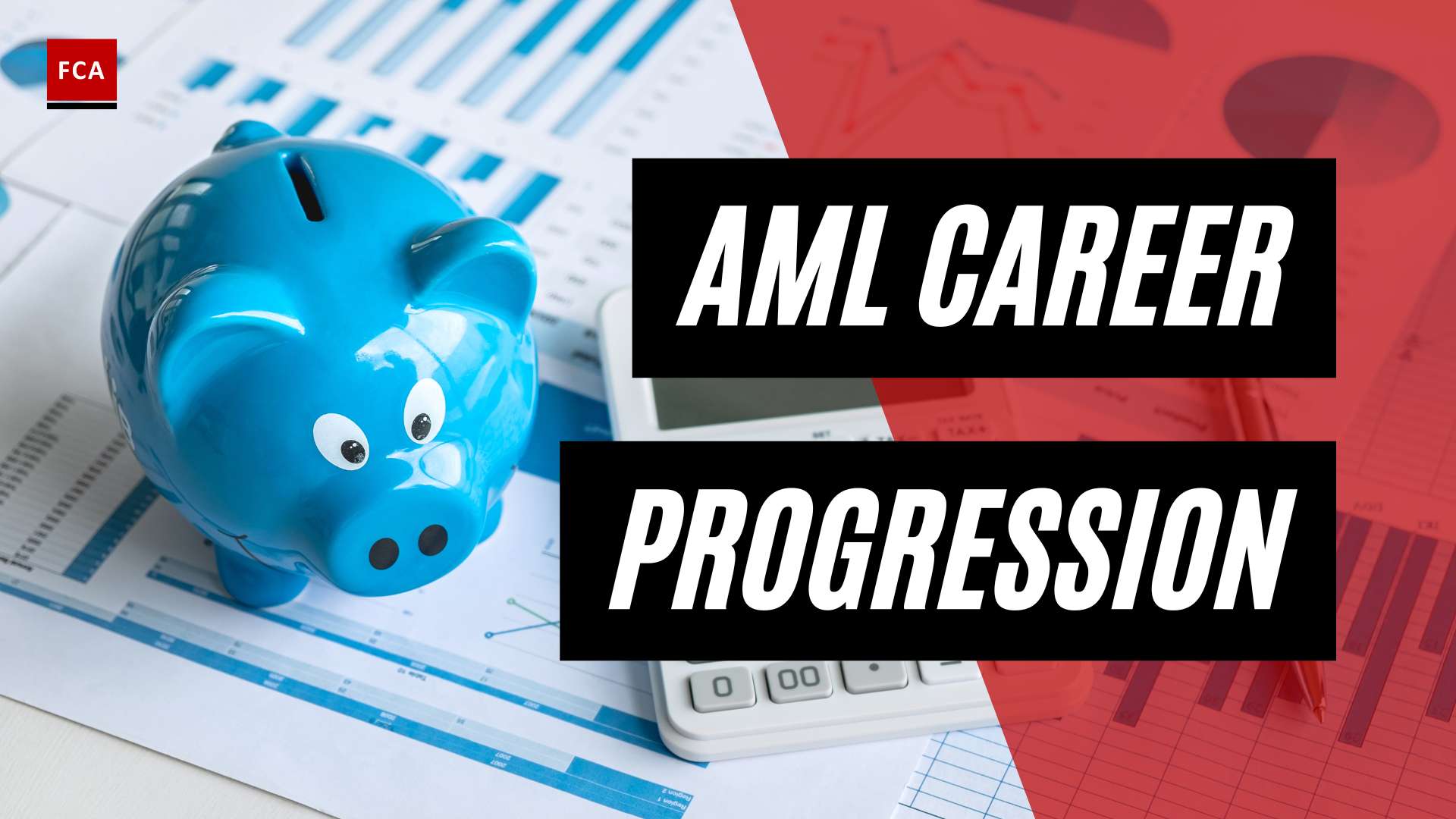There is seemingly an infinite number of ways to launder money. Every day criminals discover new ways to clean funds or hide their means of income. One of the ways that is becoming increasingly more well-known is real estate money laundering.
In the United States alone, professionals estimated that 1.6 USD is laundered each year through real estate. There are many methods used to hide money in purchasing and selling property, such as houses, since they can be bought in pure cash.
Table of Contents
- Key Takeaways
- Real Estate Money Laundering Methods
- Real Estate Red Flags
- How We Can Overcome This
- Summary
Key Takeaways
- Real estate money laundering is beginning to pace up around the word.
- Officials understand some common tactics used by criminals to launder money through real estate, which can be of use when trying to create regulations that will prevent it.
- Some red flag behaviors during real estate purchasing may point towards illegal money usage.
- There are ways compliance officers can track down these criminals using AML laws.
Real Estate Money Laundering Methods
There are some common ways launderers use real estate as a means of illicit money movement. Some of the most commonly known are listed below.
- Using third parties, commonly individuals without a criminal record, to purchase the property and avoid directly naming the criminal during the payment process.
- Using a credit and mortgage line to hide the true identity of the purchaser. This allows illegal and legal funds to be mixed through refund processes.
- Adjusting property values to either underestimate or overexaggerate a price, allowing for illegal funds to be laundered to pay off the debt.
- Arranging cash deposits in order to make a house purchase, which avoids activating transaction statements.
- Legitimizing funds through rent. Some criminals pay their tenant’s rate with illegal cash, allowing it to be turned clean in the process.

Real Estate Red Flags
Officials have noted some common tactics that may signal the potential for risk during real estate transactions, which may include:
- Someone offering you money so that you can use your line of credit or mortgage. In this case, the money launderer has someone else purchase a property with their own credit rating and later uses illegal funds to pay for the down payment and closing costs. This hides the beneficiary and protects the identity of the criminal.
- Someone offering to pay you above market rate for a lease, which can commonly mean they plan on using the property to conduct some form of criminal activity.
- Someone offering to pay your business rent just to “hold the place.” In this scenario, it is likely that they just need to have the money go through the financial system in the form of rent so it can come out in a usable form. Renters not living in the space are not commonly well-intentioned.
How We Can Overcome This
It is possible that by being one step ahead, we can track and report suspicious before it is too late. Some of the ways we can do this include:
- Forcing a declaration of assets to governments or officials. If everyone declares what they own, it should make hiding wealth much more complicated and allows companies to check for accuracy.
- Hiring regulation gatekeepers to know the face of the beneficiary and keep track of who is behind each account. This allows for the verification of identities if accounts are regularly checked.
- Requiring the registration of land from the real beneficiary. This proof should improve accountability and show the true origins of money globally.
Summary
Real estate is a growing market for money laundering. What is essential is that compliance corporations continue to pressure AML regulations on all businesses in an attempt to limit their ability to do this. By understanding how criminals can launder money through property purchases and the red flags, we can be one step ahead and continue to mitigate the risk.








